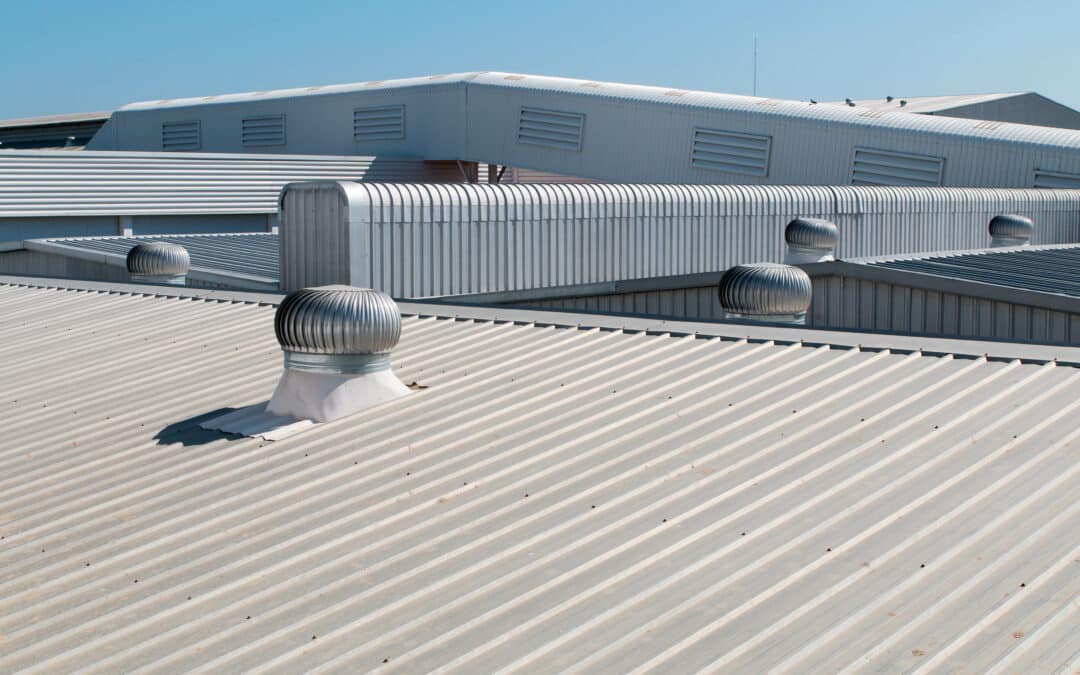Sheet metal roofing presents a compelling proposition for commercial building coverings due to its amalgamation of strength, durability, and versatility in design. Appreciated for its robustness against harsh weather conditions, longevity with minimum maintenance, and adaptability to different architectural aesthetics, it has become a preferred choice among architects and building owners. This blog post aims to delve into the empirical data and technical aspects that underscore the rising preference for sheet metal roofing in commercial buildings.
Introducing Sheet Metal Roofing and Its Benefits
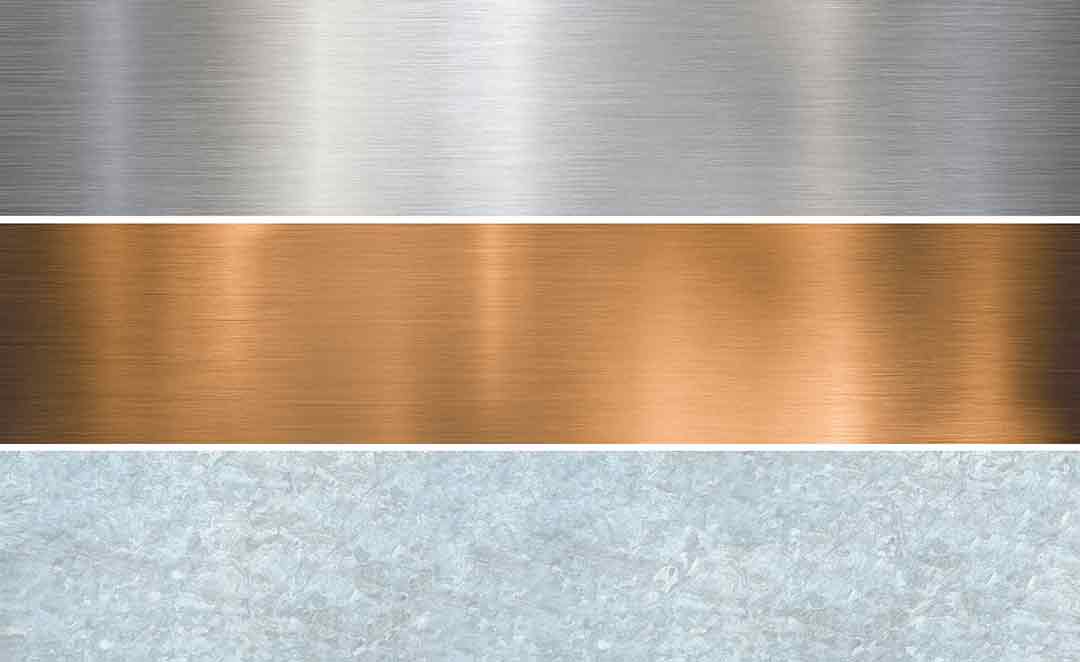
Sheet metal roofing is precisely what its name suggests; a metal sheet used for covering roofs. It is manufactured using various materials, such as steel, aluminum, copper, and zinc alloys, and is available in different profiles to suit the design requirements of commercial buildings.
The primary benefit of sheet metal roofing is its strength. Metal sheets are inherently strong due to their composition and structural properties. When installed correctly with proper insulation and underlayment, they can withstand high winds, heavy snow loads, hailstorms, and even fire hazards. This durability translates into long-term cost savings for building owners as it reduces the need for frequent repairs or replacements.
Additionally, sheet metal roofing requires minimal maintenance compared to other traditional roofing materials like asphalt or wood shingles. They resist rot, decay, and insect damage, ensuring a longer lifespan for the roofing system. The low maintenance requirement also makes it an attractive option for commercial buildings with large roof areas that are difficult to access.
Design Versatility: Beyond Functionality

One of the significant advantages of sheet metal roofing is its versatility in design. It is available in various profiles, including standing seam, corrugated, and flat panels. These give architects and building owners a wide array of options to enhance the visual appeal of their commercial buildings while maintaining functionality.
Advantages of Sheet Metal for Commercial Buildings

The durability and design versatility of sheet metal roofing make it a practical choice for commercial buildings. However, its benefits extend beyond these two factors.
Energy Efficiency: Sheet metal roofing has excellent reflective properties, reducing the absorption of heat into the building. This energy-saving feature is crucial in reducing cooling costs during hot summer months, making it an environmentally-friendly choice.
Lightweight: Compared to other traditional roofing materials like tile or concrete, sheet metal is relatively lightweight. This reduces the overall weight on the building’s structure and foundation while also simplifying installation.
Ease of Installation: Metal sheets are manufactured off-site with precision cuts and measurements, making them easier and quicker to install on-site. This factor also reduces labor costs associated with installation.
Factors to Consider When Choosing Sheet Metal Roofing
While sheet metal roofing offers numerous benefits, several factors should be considered before finalizing the choice for a commercial building:
Building Location:

The climate and environmental conditions of the building’s location play a significant role in determining the type of sheet metal to use. For instance, buildings in areas prone to heavy snowfall may require a different profile than those in warmer climates.
Budget:

While sheet metal roofing is a cost-effective long-term solution, it may have a higher upfront cost compared to other traditional materials. Building owners must consider their budget when choosing the type and profile of sheet metal.
Maintenance Requirements:

Although minimal, some sheet metal materials may require specific maintenance routines or coatings. These factors should be considered while evaluating the overall cost of the roofing system.
Types of Sheet Metal Roofs Available
As mentioned earlier, sheet metal roofing is available in various materials and profiles. Here are some of the popular options used for commercial buildings:
1. Steel: The most commonly used material for sheet metal roofing due to its strength, durability, and affordability
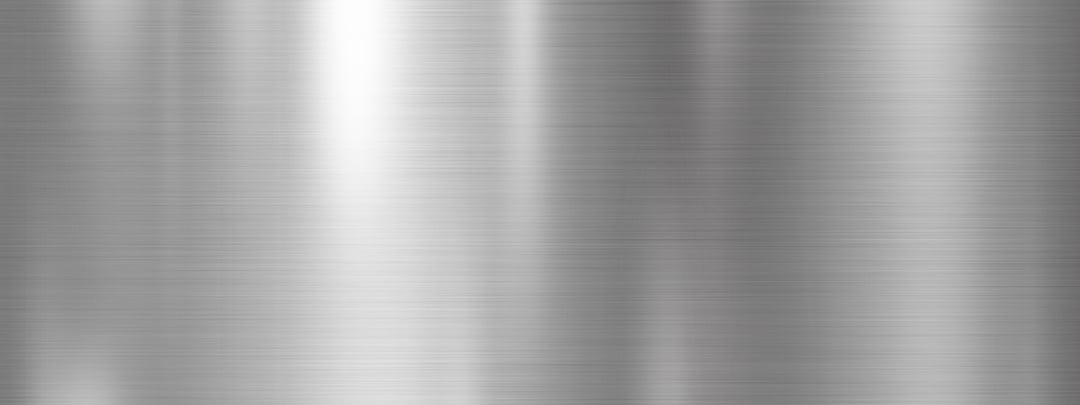
Steel
2. Aluminum: This lightweight material is known for its resistance to corrosion and can be an excellent choice for coastal areas

Aluminum
3. Copper: Highly durable and aesthetically pleasing, copper is a premium option that adds a unique character to any building
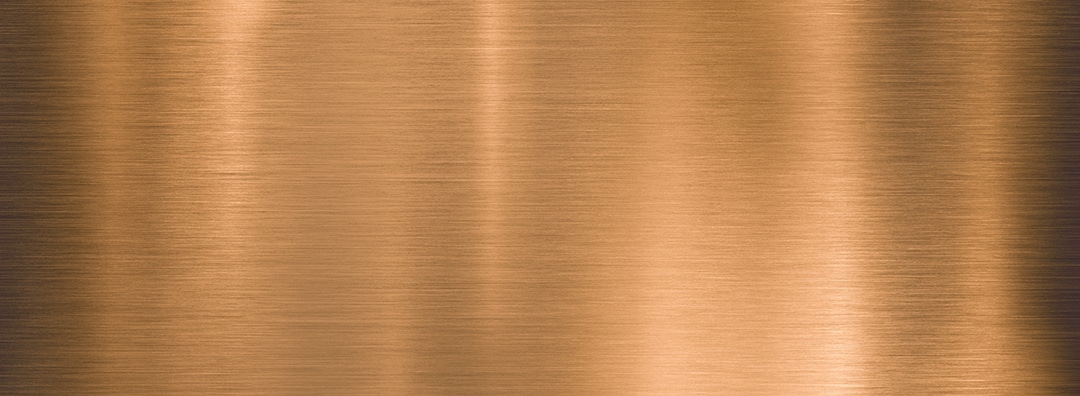
Copper
4. Zinc Alloy: A relatively new entrant in the market but gaining popularity due to its longevity and weather-resistant properties

Zinc Alloy
Choosing Your Color Scheme for Sheet Metal Roofing
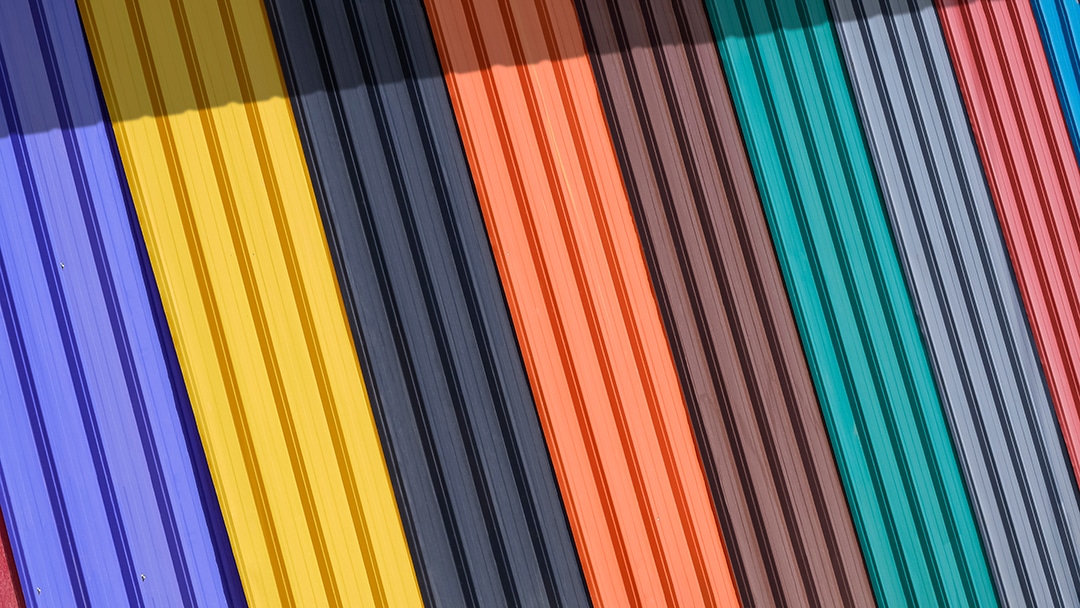
In addition to the material and profile, another important aspect of sheet metal roofing is its color. Building owners can choose from a wide range of colors to match their building’s aesthetic or even make a statement.
When selecting a color scheme, there are several factors to consider:
- Climate: The location’s climate plays a significant role in choosing the color of sheet metal roofing. Darker colors may absorb more heat, leading to higher cooling costs during hot summer months.
- Surroundings: Consider the surrounding environment and other buildings when selecting a color scheme. You may want your building to stand out or blend in with its surroundings.
- Energy Efficiency: Just like with materials, certain colors have better reflective properties that can contribute to the building’s overall energy efficiency.
- Longevity: Certain colors may fade or discolor over time, so it is essential to choose a color that will maintain its appearance for the long term.
Installation Options for Sheet Metal Roofing
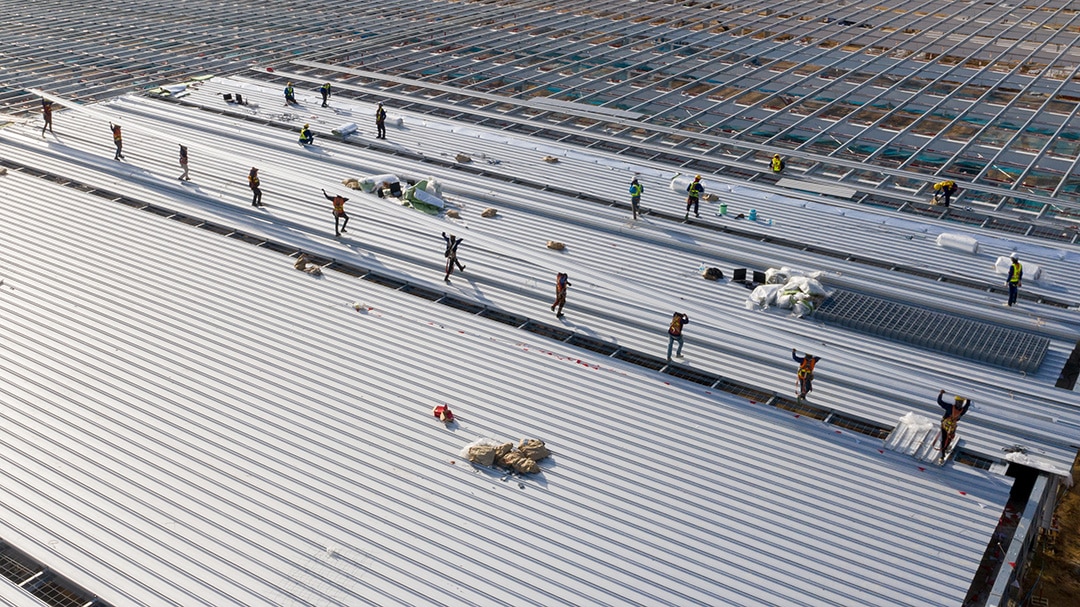
Sheet metal roofing can be installed using various methods, depending on the building’s structure and design requirements. Some of the installation options include:
- Standing Seam: This method involves attaching metal panels together with raised seams that interlock to create a watertight seal.
- Exposed Fastener: The metal panels are attached directly to the building’s structure using screws or nails, visible from the outside.
- Concealed Fastener: This method uses clips and hidden fasteners to attach the metal panels, creating a sleek appearance without visible screws or nails.
Maintenance and Repairs for Sheet Metal Roofs
While sheet metal roofing requires minimal maintenance, regular inspections should be conducted to ensure its longevity. If any damage or wear is identified, repairs should be done promptly to avoid further issues.
Some common maintenance and repair tasks for sheet metal roofs include:
- Cleaning: Removing debris and dirt buildup from the roof surface will prevent potential rusting or corrosion.
- Inspections: Regular inspections can identify any areas of concern before they become more significant problems.
- Rust Removal: If any rust spots are found, they should be removed immediately using a wire brush and treated with a rust-inhibiting primer.
- Reapplying Coatings: Some sheet metal materials may require reapplication of protective coatings after a few years to maintain their durability and resistance
Cost-Effective Solutions with Sheet Metal Roofing
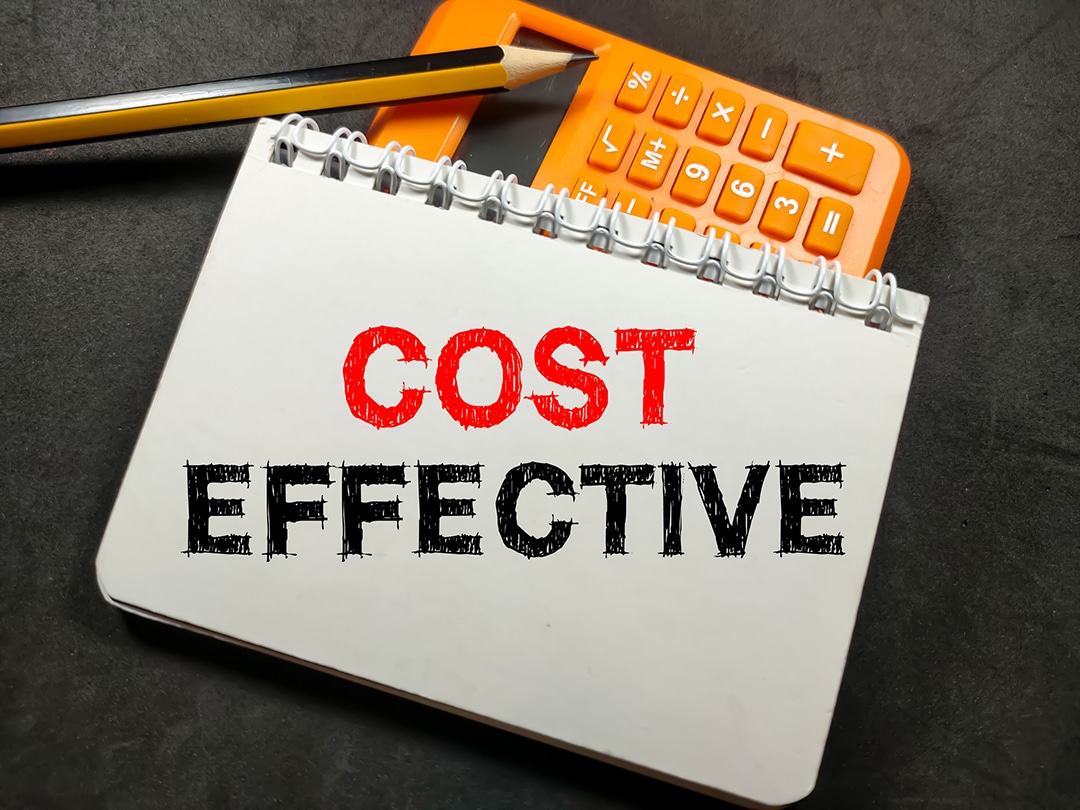
Aside from its durability and low maintenance requirements, sheet metal roofing also provides cost-effective solutions for commercial buildings. Here are some ways in which it can save building owners money:
- Energy Efficiency: As mentioned earlier, certain colors and materials have better reflective properties, reducing cooling costs during hot summer months.
- Longevity: Sheet metal roofing has a lifespan of 50+ years, significantly longer than traditional roofing materials such as asphalt shingles or wood.
- Low Maintenance: With minimal maintenance requirements, building owners can save on the cost of repairs and replacements over time.
- Design Versatility: Sheet metal roofing comes in various profiles and colors, making it possible to achieve any desired aesthetic without expensive customization.
In Conclusion, from material selection to installation options, maintenance, and cost-effectiveness, sheet metal roofing presents numerous benefits for commercial buildings. With its durability, energy efficiency, and design versatility, it is a top choice among building owners looking for a robust and cost-effective roofing solution. Consider all factors when selecting your sheet metal roofing to ensure the best fit for your specific needs and maximize the benefits it offers. Continued advancements in technology and materials will only continue to strengthen the case for sheet metal roofing as an excellent option for commercial buildings. So whether you are constructing a new building or replacing an existing roof, consider sheet metal as a viable and long-lasting solution that will provide value for years to come.

Allweather Roof stands as a reliable and experienced commercial roofing company dedicated to delivering high-quality sheet metal roofing solutions for commercial buildings. With a proven track record of excellence and a commitment to superior craftsmanship, they have earned the trust of numerous businesses looking to protect their investments and enhance the durability of their structures. When it comes to sheet metal roofing, Allweather Roof is a name you can count on for top-tier service, professionalism, and lasting results. If you’re in need of roofing solutions that combine durability and aesthetics, look no further than Allweather Roof for your commercial roofing needs.
Thank you for reading! We hope this information has been helpful in understanding the benefits and options available with sheet metal roofing for commercial buildings.

